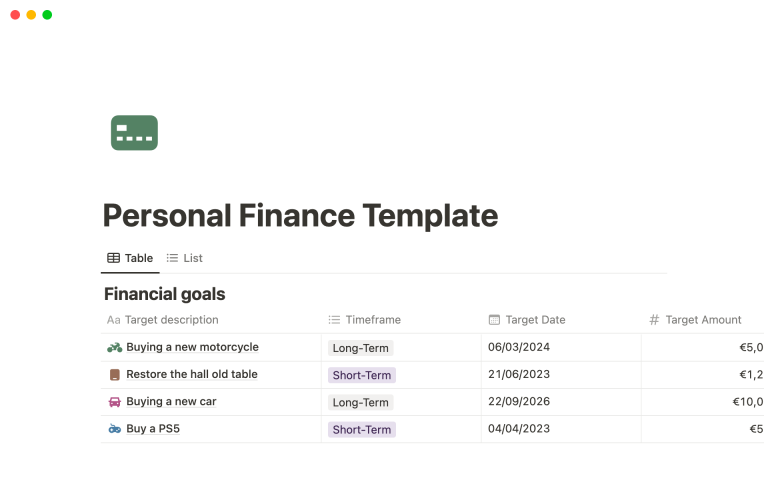Money management is often the silent hero in the world of trading. While flashy stock picks or tip-ridden tweets may seduce traders into thinking they can hit it big on every trade, this approach is unsustainable and can lead to significant losses. Understanding and implementing sound money management in trading not only preserves your capital but also significantly boosts your chances of long-term success. In this article, we will explore various strategies and principles that can guide you in mastering money management in day trading.
Understanding Money Management in Day Trading
So what exactly is money management in trading? At its core, it refers to the techniques and strategies a trader employs to control their capital, ensuring that they invest wisely without exposing themselves to catastrophic losses. Successful traders know that it’s not about how much you make, but how much you can keep. This principle is foundational for anyone serious about trading.
The Role of Discipline in Money Management
Discipline is the bedrock of effective money management. Without it, traders often succumb to emotional decision-making, which can lead to unnecessary risks. Developing a solid trading plan that incorporates specific money management techniques can help reinforce discipline. Every trader should answer questions like: How much of my total capital am I willing to risk on a single trade? What is my risk-reward ratio? By having clear answers to these questions, you can create an actionable trading plan that keeps you aligned with your financial goals.
Effective Money Management Strategies
Implementing effective money management in trading isn’t just about the numbers; it’s about creating a mindset that supports responsible trading behavior. Here are some core strategies to consider:
- Set a Risk Tolerance: Determine how much you can afford to lose on any single trade. This usually ranges from 1% to 3% of your total trading capital and helps you stay within safe limits.
- Utilize a Stop-Loss: A stop-loss order minimizes losses by automatically selling a security when it reaches a certain price, which protects your capital from further declines.
- Determine Position Size: Knowing how many shares or contracts to buy or sell based on your risk tolerance and account size is crucial. This involves calculating the position size relative to your capital and risk tolerance.
The Importance of Diversification
Diversifying your investments is another pillar of solid money management in day trading. This means spreading your investments across various assets to reduce risk. If one trade falters, others may perform well, balancing your portfolio. However, over-diversification can also dilute returns, so it’s essential to find a balance that works for you.
The Psychology of Money Management in Trading
The psychological aspect is just as crucial as the mathematical side of money management. The fear of losing money can sometimes lead to making hasty decisions that jeopardize your trading strategy. Therefore, recognizing emotional triggers that affect your trading approach, such as fear or greed, is essential. Establishing routines and sticking to your trading plan can help mitigate these emotions, fostering a more rational approach to money management in trading.
Continuous Learning and Adaptation
The market is an ever-evolving entity; what worked yesterday may not work today. That’s why continuous learning is vital. As you gain more experience, you should regularly review and adapt your trading strategies, including your approach to money management. Consider keeping a trading journal to document your trades, including your rationale, the outcome, and what you learned from each experience. This will enable you to identify patterns in your trading behavior and refine your money management strategies accordingly.
Visualizing Money Management Principles
Key Concepts of Money Management in Day Trading
This image effectively captures the essence of money management in trading. With clear visuals outlining key concepts, it serves as a reminder of the principles that can guide traders toward sustainable success.
Creating an Emergency Fund
Just as individuals are encouraged to have an emergency fund for their personal finances, traders too should consider setting aside a specific amount as a cushion. This fund acts as a safety net, enabling you to withstand periods of reduced income or losing trades without draining your primary trading account. Increasing your mental comfort level can lead to better decision-making when it comes to trading.
Final Thoughts on Money Management in Day Trading
At the end of the day, mastering money management in trading is about striking a balance between risk and reward. With sound money management practices, aspiring day traders can greatly enhance their chances of achieving long-term success. Ensure your trading strategy includes a diverse array of techniques and a focus on discipline. The road ahead may be challenging, but with the right approach to money management, it can also be incredibly rewarding.
Should you wish to dive deeper into the subject of money management in trading, there are numerous resources available—books, articles, and mentorship programs. Embrace the learning curve, and soon you’ll find that money management isn’t just a set of rules; it’s the very foundation of a successful trading career.
Stay safe, trade smart, and remember: the market rewards those who respect risk through diligent money management.



